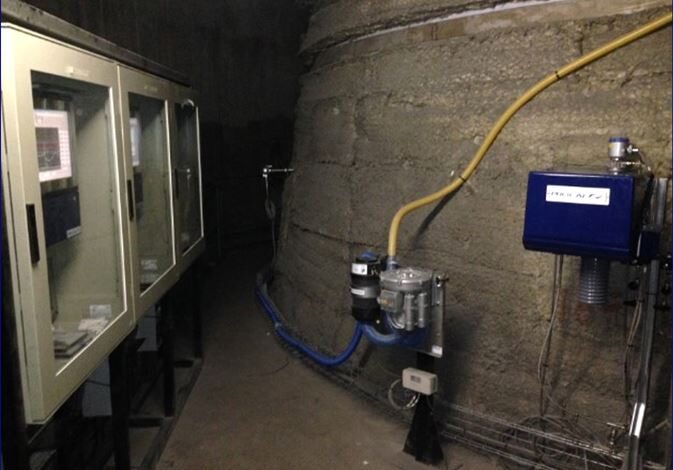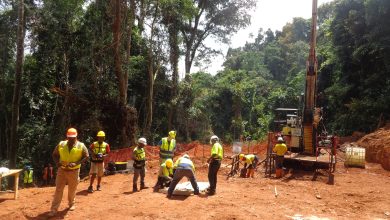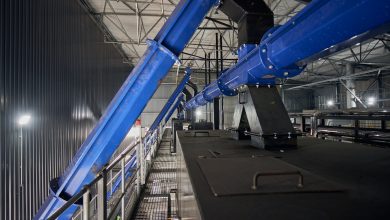
Meeting the Environmental Challenge – Emission monitoring
Quality assurance of continuous emissions monitoring systems
Choosing the right equipment for stack emission monitoring is a complex process due to various site specific conditions. Decisions that site operators make in-house could prove costly should incorrect equipment be chosen. Engaging an experienced consultant can help site operators in making informed choices when it comes to the early stage of equipment selection.
The integrity of data gathered from stack emission monitoring instruments is always subject to intense scrutiny as it not only informs critical internal decision making but regulatory compliance status as well. How does one then get comfort that the instrument reading is accurate and representative of what actually is being emitted?
From an EU perspective which Africa tends to follow, EN14181 has now been in operation for the last 10 years and has had far-reaching consequences for regulators, equipment manufactures, test houses and, most importantly, process operators.
The standard describes the quality assurance procedures needed to ensure that the Continuous Emission Monitoring System (CEMS) installed to measure emissions to air is capable of meeting the uncertainty requirements on measured values given by legislation.
There are three different Quality Assurance Levels (QAL 1, QAL 2, and QAL 3) :
QAL 1 relates to the equipment that must meet certain performance requirements evaluated at testing houses under the Monitoring Certification Scheme (MCERTS).
QAL 2 specifies procedures to ensure that the CEMS has been correctly installed, calibrated and verified.
QAL 3 requires the plant operator to regularly measure the drift and precison of the CEMS.
According to Mark Rowand (Director of SI Analytics), the most challenging aspect when it comes to CEMS selection is that every industrial site is different which requires certain site-specific knowledge as temperature, pressure, humidity and altitude all play important roles. Unfortunately, there is no one size fits all solution and a small omission can have a significant impact on the CEMS readings.
Leo de Veer, SI Analytics head of client service, points out that challenges arise when handling equipment that requires the use of internal optics, for example. The monitoring equipment can be very sensitive to high dust loads or wet stacks, which as a result, will not perform to the required quality assurance levels.
Several technologies can perform similar measurements, for example, extractive vs in-situ vs cross-stack. Once again, de Veer stresses that the most suitable should be selected based on site specific conditions.
Engaging an experienced solutions provider
At an early stage, given the complexity of the task, it is important for site operators to engage with stack monitoring companies with the necessary experience to assess, recommend and ultimately install, commission and maintain the most suitable stack monitoring equipment.
SI Analytics has been a focused environmental monitoring company specialising in stack and ambient emission monitoring throughout sub-Sahara Africa since 2005.






